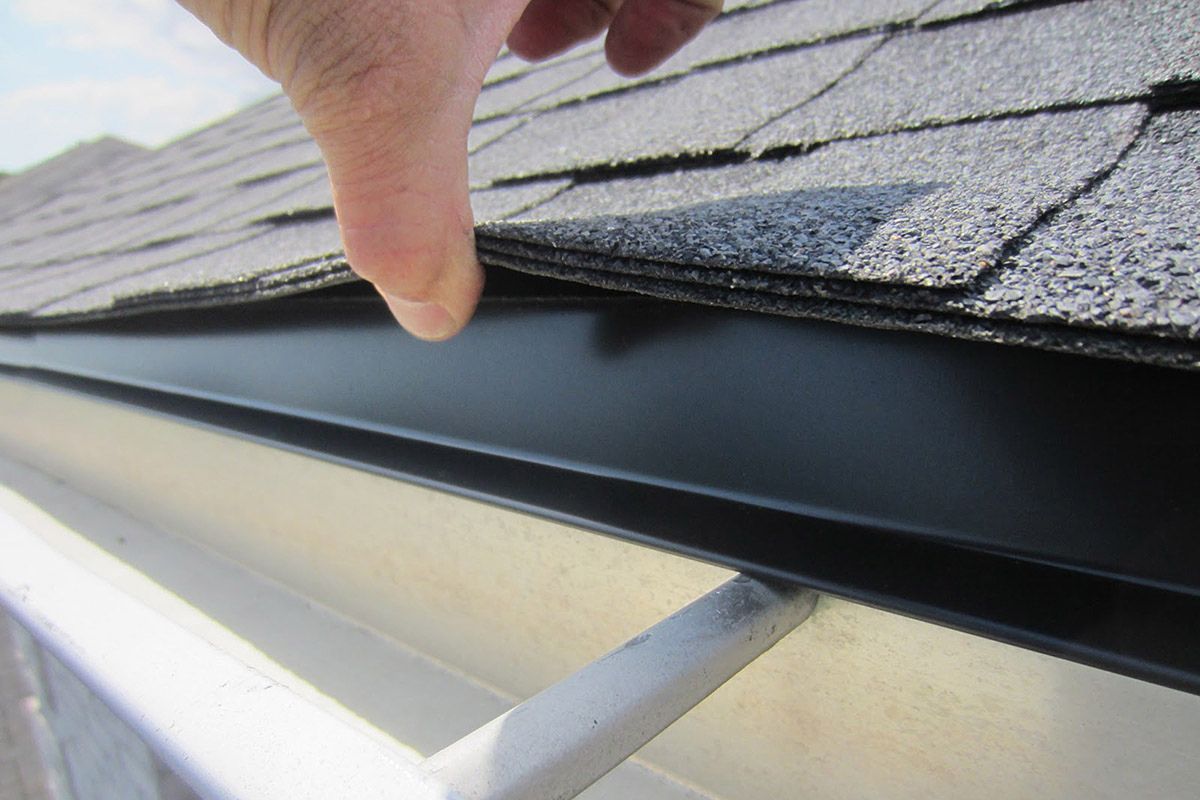The Importance of Drip Edge in Roofing: Safeguarding Your Home
Introduction
When it comes to roofing, there's a crucial element that often goes unnoticed but plays a significant role in protecting your home from the elements: the drip edge. In this comprehensive guide, we'll delve deep into the world of drip edges, exploring their importance, installation, benefits, and more. Whether you're a homeowner or a roofing professional, this post will provide you with valuable insights into this often-underestimated roofing component.
Understanding the Drip Edge
What is a Drip Edge?
Before we dive into the significance of drip edges, let's start with the basics. A drip edge is a metal or plastic strip installed along the edges of a roof, typically under the roofing material and overhanging the eaves and gables. Its primary purpose is to redirect water away from the roof and protect the underlying structure.
Types of Drip Edges
Drip edges come in various materials, including galvanized steel, aluminum, and even plastic. Each material has its advantages and may be chosen based on factors like climate, budget, and personal preferences.
The Importance of Drip Edges

1. Water Diversion
One of the most critical functions of a drip edge is to divert rainwater away from your roof and foundation. Without a drip edge, water can seep under the roofing material and cause damage over time. This can lead to rot, mold growth, and even structural issues in your home.
2. Protection Against Ice Dams
In colder climates, ice dams can wreak havoc on roofs. Drip edges help prevent ice dams from forming by creating a barrier that inhibits the accumulation of ice and snow at the roof's edge.
3. Preserving Fascia and Soffit
The fascia and soffit are vulnerable areas that are often exposed to moisture. Drip edges protect these vital components of your roofing system, extending their lifespan and reducing maintenance costs.
4. Aesthetic Appeal
Beyond their practical benefits, drip edges also contribute to the overall aesthetic of your home. They provide a clean, finished look to the roof's edge, enhancing the curb appeal of your property.
Installing a Drip Edge
1. Preparation
Before you install a drip edge, make sure to clean and prepare the roof's edge thoroughly. Remove any debris, old roofing material, or nails to ensure a smooth installation.
2. Positioning
Position the drip edge along the eaves, ensuring it overhangs the edge by about an inch. This overhang is crucial for directing water away from the fascia.
3. Securing
Secure the drip edge in place using roofing nails or screws. Make sure it's properly aligned and level to ensure optimal water diversion.
4. Gable Ends
Repeat the process on the gable ends of your roof, ensuring that the drip edge extends beyond the roof deck.
5. Overlap Joints
When installing multiple sections of drip edge, be sure to overlap the joints by at least a few inches. This prevents water from seeping through the gaps.
6. Sealant
To ensure a watertight seal, apply roofing cement or sealant to the joints and seams of the drip edge.
The Benefits of Drip Edges
1. Longevity
By preventing water damage and ice dams, drip edges significantly extend the lifespan of your roofing system, potentially saving you thousands of dollars in repairs.
2. Reduced Maintenance
With a properly installed drip edge, you'll spend less time and money on maintenance and repairs related to water damage and roofing issues.
3. Enhanced Curb Appeal
Drip edges add a polished look to your home's exterior, improving its overall aesthetic appeal and potentially increasing its market value.
4. Increased Energy Efficiency
A well-maintained roof with a drip edge can help regulate the temperature inside your home, leading to energy savings over time.
Common Drip Edge Mistakes to Avoid
While drip edges offer numerous benefits, they must be installed correctly to be effective. Here are some common mistakes to avoid:
1. Incorrect Positioning
Improperly positioned drip edges may fail to divert water effectively. Ensure they overhang the roof edge adequately.
2. Inadequate Overlap
Insufficient overlap at joints can allow water to penetrate. Be generous with the overlap to create a secure barrier.
3. Poor Fastening
Inadequate fastening can lead to the drip edge detaching during storms or high winds. Use the appropriate fasteners and ensure they are securely in place.
4. Skipping Sealant
Neglecting to apply sealant to joints and seams can result in leaks. Be diligent in sealing all potential entry points for water.
Conclusion
In the realm of roofing, the humble drip edge plays a pivotal role in safeguarding your home. Its ability to redirect water away from your roof and protect against various weather-related issues cannot be understated. By understanding the importance of drip edges, properly installing them, and avoiding common mistakes, you can ensure the longevity, efficiency, and aesthetic appeal of your roofing system. So, the next time you glance up at your roof, remember the unsung hero that is the drip edge, diligently working to protect your home, one raindrop at a time.
Visit our other business profile here:
